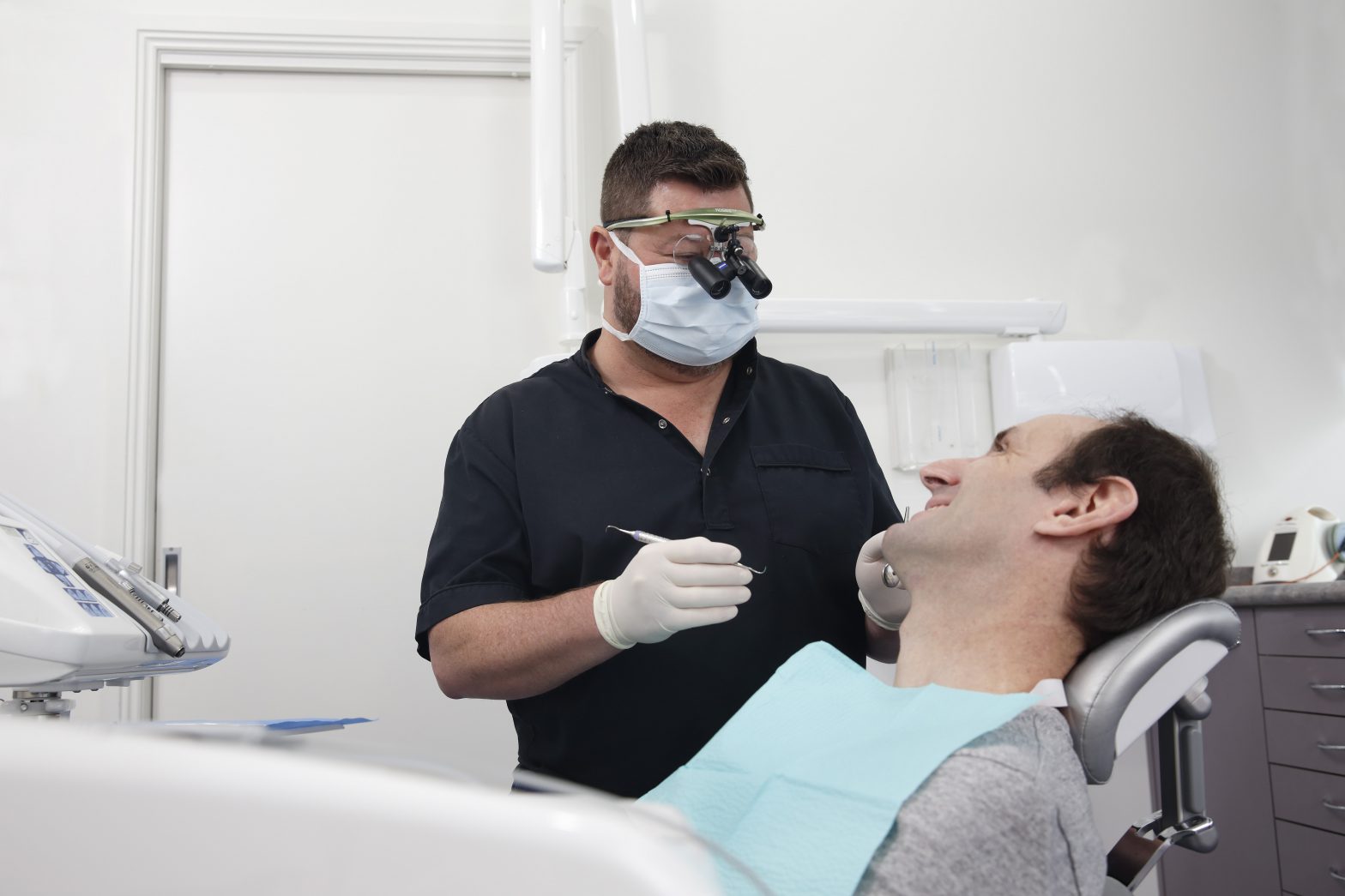Restorative dentistry is a term dental professionals use to explain how missing teeth or damaged tooth structure can be replaced. Fillings, crowns (caps), bridges and implants are common restorative options. The goal is to bring back your natural smile, to prevent remaining teeth from moving and damaging other teeth and to make it easier to maintain good oral health. Missing or damaged teeth can affect your health, appearance and confidence.
Fillings
The most common way to treat a small cavity is to remove the decay and fill the tooth with a direct composite resin. If too much tooth structure is lost further restorative measures may be required to ensure longevity eg. crown.
Crowns
A crown is a custom-made cap that is placed over a tooth. It is used to strengthen and protect remaining tooth structure. Made of high strength ceramic, crowns offer a strength and stability unachievable with composite resin for large restorations.
Bridges
A dental bridge closes the gap where there are missing teeth. A bridge generally has a crown on each end as an anchor with an artificial tooth or teeth connecting the crowns and filling the space. A bridge can keep your other teeth from moving out of place causing further damage and improve dental function and appearance.
Implants
There is no doubt that implants are often a wonderful option to replace missing teeth or secure dentures. Implants work independently to replace missing teeth and fill gaps to keep other teeth from moving out of place causing further damage and improve dental function and appearance. Most implant procedures can be done with careful planning under local anaesthetic in our surgery.
Implants and Denture Stabilisation
Implants can be used very successfully to provide stabilisation and retention of all forms of dentures. Working closely with high quality, experienced dental prosthetists we can offer various options tailored to your personal needs. We aim to have you eating your favourite foods and feeling confident again.
Microscope-Enhanced Dentistry
With improved vision comes improved results. Using a surgical operating microscope, problems can be detected earlier. Removal of decay can be both more thorough and at the same time more conservative in retaining healthy tooth structure. Restorations can be more refined and crafted. The use of a surgical microscope in root canal treatment allows the detection of extra-fine canals which would often be missed without a surgical microscope. If missed these undetected canals can lead to root canal treatment failure.
